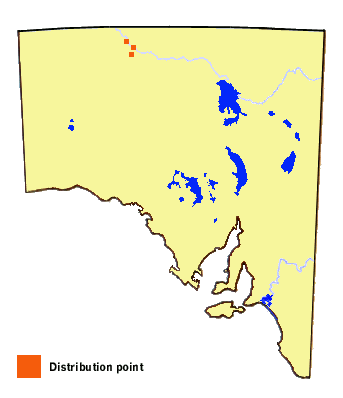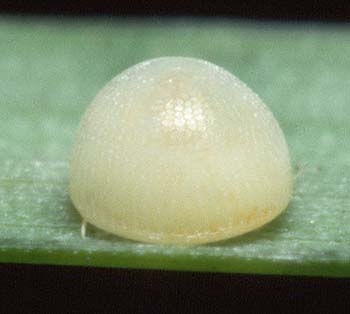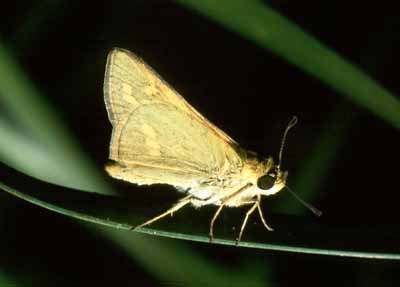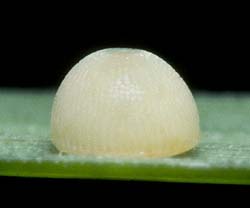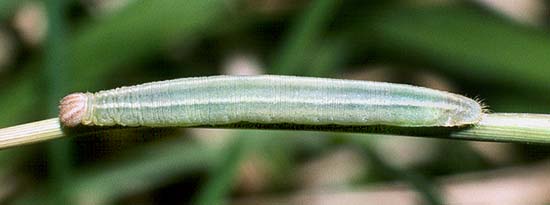Orange Grass-dart
Taractrocera anisomorpha (Lower)
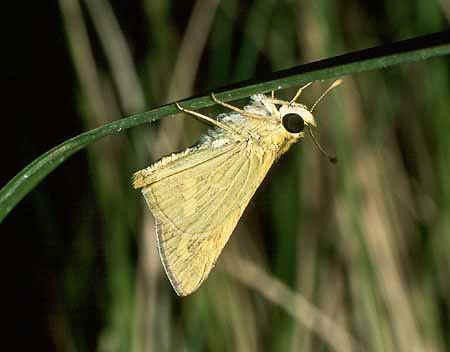
Interesting Aspects
This skipper belongs to a group of skippers (Hesperiinae) that are more at home in the hot tropics and subtropics, and this skipper is no exception being found in the northern half of Australia. The skipper, along with most others in the group, has a characteristic wing pose when settled in full sun, with the forewings being held vertical (or nearly so) while the hindwings are held horizontal.
It should not be confused with the more common Ocybadistes walkeri. These two skippers are differentiated from each other by the shape of the thickened antennae tips, which are spoon shaped in T. anisomorha, whereas in O. walkeri the thickened antennae tips are strongly bent or hooked. They also occur separately in different parts of South Australia. There is however another skipper Taractrocera ina, which also occurs in central Australia (but yet to be recorded in South Australia) that is very similar to T. anisomorpha including the spoon shaped antennae tips. Males of the latter have a dark silvery grey sex mark situated transversely across the middle of the forewing upperside, but sex marks are absent in male T. ina. The females are very difficult to differentiate.
The skipper flies in grassy areas and has a rapid flight. Both sexes spend a lot of time feeding from small flowers. Males will settle on the ground, and are also known to hilltop. Females also fly in grassy areas, and have a slower flight when in an egg laying mode, and will periodically land on the grass to lay eggs or sun themselves, and will cover large areas looking for suitable grassy habitat to lay eggs. The skipper is timid, but can be approached with care when settled, especially when feeding at flowers, although once in full flight they are very quickly lost to sight due to their small size.
This skipper forms part of the inland endemic aridland fauna and has developed survival means to overcome the periodic extended dry periods. Its larvae can enter into a dormant diapause condition when either the season becomes too cold over winter, or if the foodplant grass becomes too dry or rank to eat. The larvae remain in this condition until either the following spring or summer, or when rains again fall in the region to promote new growth of the grass. Under the latter conditions, the larvae rapidly finish off late stage larval development and pupate so that the emergent adults can take advantage of any rejuvenated green growth of their foodplant and a blossoming of nectar plants. There are records of overwintering larvae (it gets below freezing at night during winter in central Australia) remaining dormant for 9 months (May to January-in captivity), which when compared to other endemic aridland skippers (Croitana arenaria) occurring in the region, is about the maximum time they can survive without eating.

